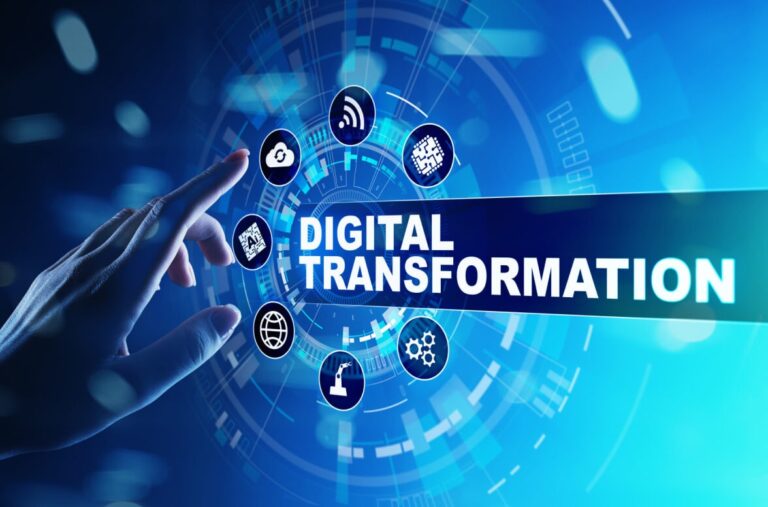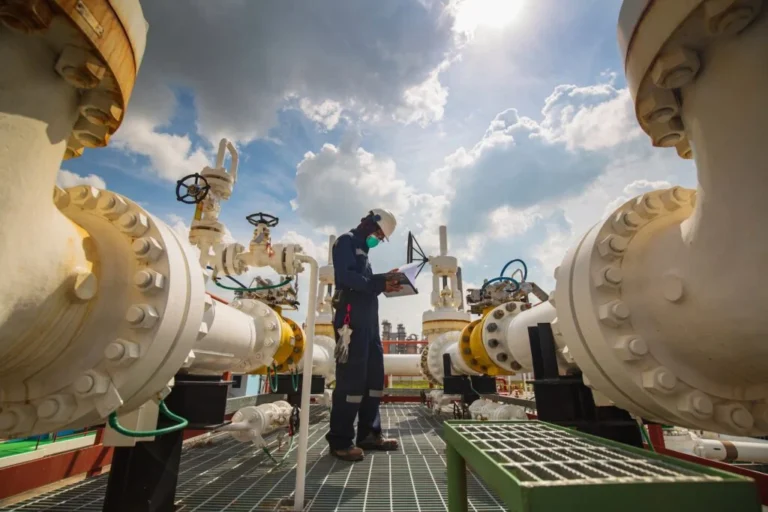Today’s data centers consume huge amounts of power. Facilities-based in the United States alone consumed over 90 billion kilowatt hours of electricity in 2017 and industry growth trends show no signs of slowing.
But what does that mean for data center customers?
For organizations colocating equipment in a carrier-neutral facility, data center power management can mean quite a lot. They not only have an impact on pricing but also can greatly affect IT deployments. Datacenter customers need to understand their own power needs in order to take advantage of the efficiencies offered by colocation facilities.
4 Things You Need to Know About Data Center Power Requirements
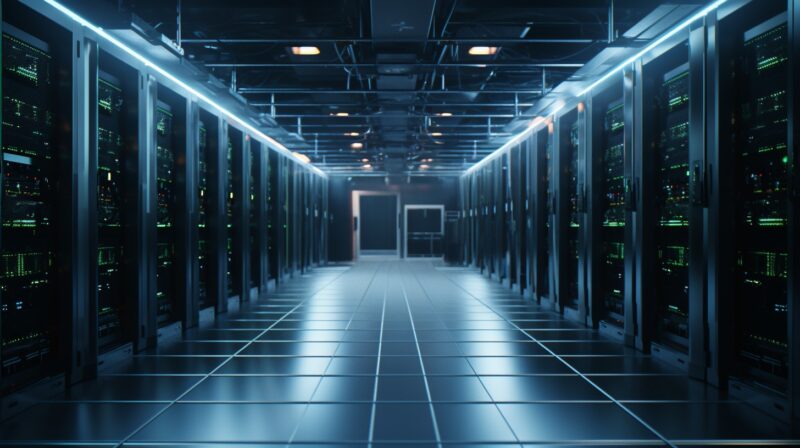
1. Basic Terminology
In order to really understand data center power requirements, it’s good to have a grasp on some basic terminology for electrical systems:
- Amps: A measure of the actual electrical current (or electrons) moving through a power line. Devices have a rating based on the amount of amps they can use or support. A higher amp rating on a device means more power can be utilized before being overloaded.
- Volts: Comparable to water pressure in a pipe, volts measure how much electromotive force is needed to push 1 amp through a wire or electrical conductor. Higher voltage allows more power to be transferred through a circuit.
- Ohms: The resistance that slows electrical current and causes impediment. Keeping with the water analogy, changing ohms would be comparable to changing the size of the pipe. Lower ohms allow more current to travel through the circuit, but require higher voltage to push those additional amps through.
- Watts: Wattage measures the electrical power available to be used by a device. Watts are often measured in kWh or MW. A typical server rack, for instance, requires about 7kW. High-power density racks require much more electricity, as much as 25 or even 40kW.
2. Power Distribution
Here’s where all that terminology comes in handy. When colocating with a data center, customers need to have an idea of how much power they’re going to consume. Depending upon how many amps the servers are using, this affects what power should be installed and how many power distribution units (PDUs) are needed.
Every rack deployment will have different power needs based on the servers it contains. Efficiency is a big consideration here, and every change in a deployment could have an impact on how the data center supplies power to the rack.
Installing more powerful servers also increases the power density of the rack, requiring more wattage running through the unit and requiring bigger circuits to handle the additional power. Higher density deployments also need more cooling, which needs to be factored into overall colocation costs.
Colocation customers need to work closely with their data center to ensure that they’re deploying their equipment as efficiently as possible given their power needs. Inefficient data center power distribution can lead to wasted power and space, not only raising existing costs but potentially constraining future growth.
3. Power Efficiency Practices
Data centers provide power to more than just servers. In fact, data center power design accommodates systems that make its infrastructure possible, including its security standards. Air handlers/cooling/ventilation systems, lighting, environmental controls, fire suppression systems, security alarms, surveillance cameras, and sensors all take up a substantial amount of power. Emergency power systems, such as uninterruptible power supply (UPS), need to be charged as well.
Efficient data centers utilize a number of strategies to keep these costs as low as possible. From simple components like dimming or turning off the lights when no one is in a room to incorporating advanced analytics software into operations to better manage cooling demands based on usage trends, data centers can greatly improve their power usage effectiveness (PUE) scores.
In past years, data centers often installed far more cooling capacity than they needed and distributed it very ineffectively. Innovations in efficiency practices like cold aisle containment and artificial intelligence have limited global data center power consumption growth to a mere 4% per year since 2010 despite the growing number of facilities.
4. Green Power and Sustainability
Data centers committed to sustainability have made great strides in diversifying their energy suppliers to incorporate the burgeoning green power industry. For organizations that have made a similar commitment to sustainable environmental practices, finding a data center that makes an effort to utilize renewable energy sources is very important.
While some facilities do incorporate direct forms of renewable energy, such as using ambient air to solar or geothermal power, market solutions like Renewable Energy Certificates (RECs) and Power Purchase Agreements (PPAs) are also practical ways for them to meet their green power needs.
Since not every data center is in a position to buy green power directly, RECs and PPAs make it possible for them to support the production of renewable energy even when those energy sources are not available to them in their market.
Understanding the ins and outs of data center power requirements can make it easier to evaluate which facilities have made a true commitment to efficient practices. The cost savings from these efficiency gains can be passed on directly to customers, giving them a major advantage over their less efficient competitors. Organizations should also be aware of their own data center power requirements needs so they don’t end up over- or under-provisioning their colocated IT infrastructure.
How to Evaluate Your Power Distribution Needs
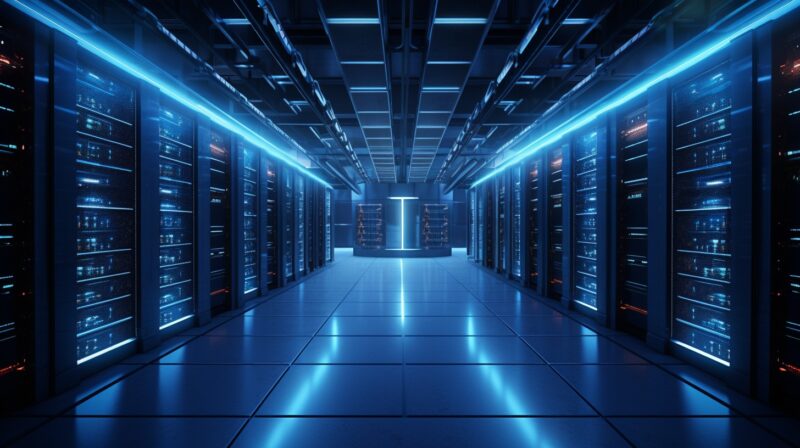
Managing the equipment on a data center floor is a bit more complicated than plugging a home computer into a wall outlet. When a company decides to colocate their IT assets in a data center, their equipment will make up only a small percentage of the facility’s infrastructure. Every piece of hardware within that environment has its own power demands, leaving data centers with the challenging task of distributing and managing power efficiently to keep everything running safely and efficiently.
A data center’s PUE measures how much energy is used by its computing equipment. The value is expressed as a ratio, indicating how much of the total power delivered to the facility is actually used by the computing equipment. Inefficient data center power distribution is usually one of the main culprits when a facility has a poor PUE score.
Power distribution units are integral to solving this problem. Fitted with multiple outlets to accommodate many different types of equipment, these devices distribute electrical power throughout the data center. Available in many shapes and forms, PDUs are an essential part of a data center’s physical infrastructure.
They can be mounted horizontally or vertically to provide power to an entire rack of servers and other equipment. Depending upon the cabinet design, they might even be located inside or be integrated into the cabinet itself.
Evaluate For the Present and the Future
Determining the appropriate power distribution needs for an IT deployment is important because PDUs have a longer life cycle than servers and other equipment. The typical refresh cycle for servers is about 3-5 years, but PDUs last for much longer. When looking at data center power design, then, it’s vital to know whether or not those PDUs will be able to accommodate both today’s colocation equipment, and tomorrow’s as well.
Versatility is a good quality to look for in data center power distribution setups. Different types of computing equipment utilize different sizes and styles of plugs (c13, c14, c19, c20, etc). A good data center should be equipped with versatile PDUs that feature multiple outlets to accommodate different hardware deployments as their customers’ IT needs change in the future.
Review Power Ratings
Regardless of their design and features, the most important aspect of a PDU is its power ratings. The device’s primary purpose is to supply power to computing equipment, so it’s important to know whether or not the facility’s data center power design has the capacity to handle any colocated assets a company might throw at them.
There are three key indicators of a PDU’s power capabilities:
- Amperage: This measures the amount of sustained power the unit can accommodate safely. If the power demands of the equipment plugged into the PDU are too high, the unit’s fuse will blow, causing an outage. In North America, safety regulations stipulate that a PDU’s power load should not exceed 80 percent of its maximum capacity. A 30A circuit, therefore, has a rated value 24A.
- Voltage: While amperage measures the strength of the current running through a circuit, voltage measures the total power available. Different types of computing gear have different power demands, but those demands have been trending upwards for many years. While 208/240V was once standard, some equipment power needs closer to 400V.
- Phase: The distinction between single- or three-phase power is an important one for a PDU, much of it depending upon the data center’s power distribution architecture. Simply put, single-phase power delivers electricity along a single line. Most residential homes are serviced with single-phase power. Three-phase power, on the other hand, distributes current over three smaller lines. The technical details are a bit more complicated, but in general, three-phase power lines can deliver more power, more efficiently than single-phase counterparts. Data centers that deliver three-phase power to the rack level are generally much more cost effective than those that use single-phase lines to carry electricity from the building’s main power supply.
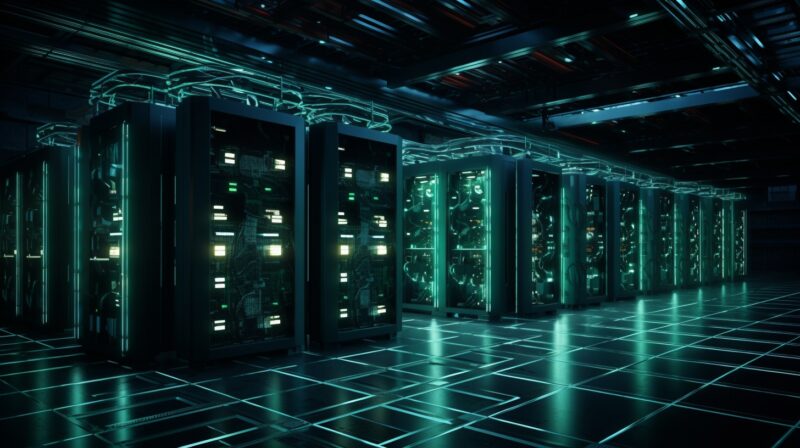
Types of Data Center Power Distribution Units
PDUs come in a variety of styles, so potential colocation customers should be aware of what kind of units a data center utilizes. Here are the most common types of PDUs in use today:
- Basic PDU: Little more than a power strip with a surge suppressor, these units aren’t suitable for anything more than a small server room in an on-premises facility. They lack the functionality and power needed for larger data centers or mission-critical servers.
- Metered PDU: These units are capable of measuring power consumption, providing data center technicians with valuable data on how well power is distributed throughout the rack. This information is important for optimizing deployments and improving power/cooling efficiency.
- Monitored PDU: These units are wired into the data center’s business intelligence platform, allowing them to transmit data collected at the outlet level to provide real-time usage metrics. They are especially useful for high-density facilities and cloud service providers with high-performance demands.
- Switched PDU: Similar to monitored PDUs, switched PDUs add the extra element of remote control. They allow remote hands personnel to carefully monitor and manage power usage throughout a facility without having to leave the control room.
When selecting a colocation provider, companies should carefully review the needs of their IT infrastructure. Evaluating data center power design is an important step in this process because poor power usage effectiveness can easily result in higher costs and damaging downtime.
Questions You Need to Ask About Your Power Requirements
When an organization decides to migrate its IT infrastructure into a colocation data center, there are a lot of factors to take into consideration. Chief among them are often connectivity options and physical security, but given their impact on pricing, power requirements are often not far behind. In order to accurately assess their power needs, a potential colocation customer needs to answer a few (relatively) simple questions.
How Much Rack Space Do You Need?
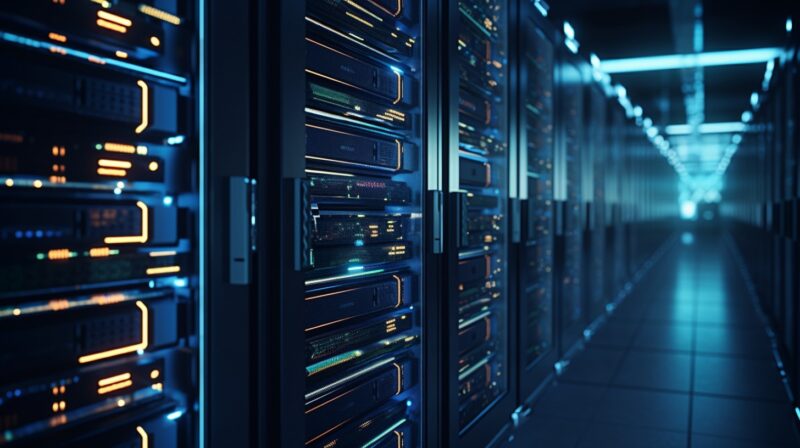
The first big question when considering colocation is how much physical space the servers are going to occupy in a data center rack. A rack unit (U or RU) is a standardized measurement equal to 1 ¾ inches. Most components installed in a cabinet, such as servers, are between 1U and 4U high and 19 inches wide. A typical full-sized cabinet is 42U high, which is a little over six feet high.
When evaluating how much server rack shelf space colocated assets will require, everything depends upon the server size and type. Typical servers may take up between 1U and 4U, but blade server enclosures take up more space to accommodate the vertical blades. Since more blades can be installed vertically, however, they can offer substantial space savings in relation to the amount of computing power they deliver.
Determining the total amount of rack space needed, then, is a simple matter of measuring how many rack units the equipment being colocated takes up. Of course, calculating space is only part of the equation. Depending upon the type of servers being used, the equipment could have vastly different power requirements.
How Much Power Do You Need?
The amount of power colocated assets require is measured in kilowatts (kW) and can be calculated in a few ways. In many cases, figuring out how to calculate data center power requirements consists simply of checking the servers’ nameplates and adding up the total watts required to the total amount of power the hardware needs. If the wattage is not listed, the value can be derived by multiplying operating voltage times the current (amperes):
Watts = Voltage x Amperes (W = V x A)
To convert wattage to kilowatts, simply divide the total watts by 1,000. For an idea of how much power this colocated equipment will consume over a typical billing cycle, multiply kW by the number of hours (so 720 hours for a 30 day period). This will provide a rough estimate of kilowatt hours consumed, which can then be applied to local electrical rates.
So, if colocated servers require 4000 watts of power (or 4kW), they will consume 2880 kWh of electricity over the course of a month.
It’s important to remember these estimates will likely overstate the total power requirements. Manufacturers routinely overestimate how much power hardware utilizes and fail to account for the fact that equipment’s sustained draw is typically 80 percent of the rated maximum wattage.
There is also a tendency to round off nameplate amperage to the nearest whole number, which can further distort data center power consumption estimates. The most accurate way to evaluate power needs is to test the server using a watt meter.
As previously noted, the power demands of this equipment will impact the type of PDUs needed for the cabinet. A higher density deployment will require heavier data center power distribution equipment to accommodate the increased power. If a colocation facility doesn’t have cabinets with sufficient power capacity, they will need to spread the deployment across multiple cabinets, which could compromise performance and increase cooling costs.
What Are Your Future Power Needs?
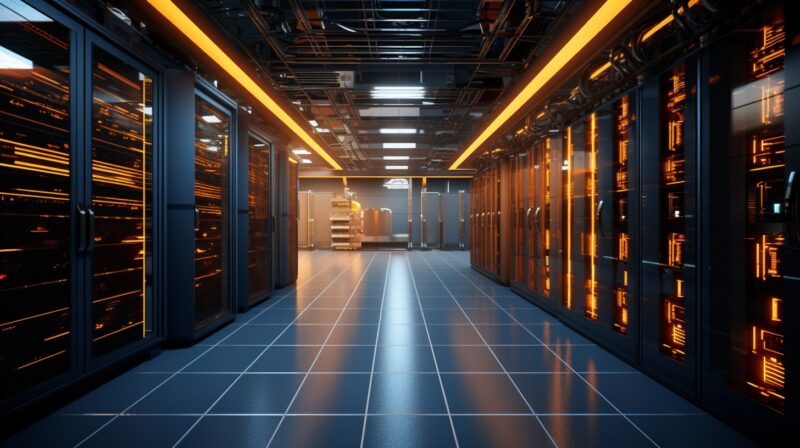
Evaluating today’s power needs might seem like a challenge, but it’s also important to consider how those needs may change in the future. If a company is planning to scale significantly over the course of a year, it may make sense to base its power requirements on those future needs to ensure that any data center deployment will be able to accommodate growth.
While colocation data centers are versatile and offer tremendous opportunities for organizations that need to scale quickly, space is often at a premium and failing to account for growth could result in missed opportunities.
While transitioning into a colocation data center opens up a world of possibilities in terms of connectivity and network architecture, organizations should always consider how to calculate power needs before the migration takes place. By accurately assessing their data center power requirements, they can better optimize their deployment and retain the flexibility they need to grow their business in the future without incurring unnecessary costs.
FAQ
What is the significance of PUE in data centers?
PUE, or Power Usage Effectiveness, is a metric that measures the efficiency of a data center’s power usage. A lower PUE indicates a more efficient data center, meaning more of the power consumed is used for computing rather than cooling and other overheads.
How do renewable energy sources impact data center operations?
Renewable energy sources, such as solar or wind, can reduce a data center’s carbon footprint and operational costs. They also make data centers more sustainable and can be a selling point for environmentally-conscious customers.
What is the difference between single-phase and three-phase power?
Single-phase power delivers electricity along one line, typically used in residential settings. Three-phase power distributes current over three lines, allowing for more efficient and higher power delivery, commonly used in industrial and data center environments.
How can I ensure my data center is energy efficient?
Implementing best practices like cold aisle containment, using advanced analytics for cooling management, and regularly monitoring PUE can help in making a data center more energy-efficient.
Why is over-provisioning in data centers a concern?
Over-provisioning means allocating more power resources than necessary. This can lead to increased costs, wasted energy, and reduced efficiency. It also limits the potential for future growth within the same infrastructure.
Final Words
Understanding data center power requirements is crucial for both data center operators and their customers. As the digital world continues to expand, the demand for efficient, sustainable, and reliable data centers will only grow. By being informed and proactive, organizations can ensure they’re making the most of their colocation investments while also contributing to a more sustainable future.
Related Posts:
- Data Center Design 101: Everything You Need to Know
- Data Center Networking 101: Everything You Need to Know
- 5 Things You Need to Know About Data Center Infrastructure
- Data Center Server Racks and Cabinets: What You Need to Know
- Top 5 Next Generation Data Center Trends You Need to…
- What You Should Know About Data Center Cooling Technologies?





